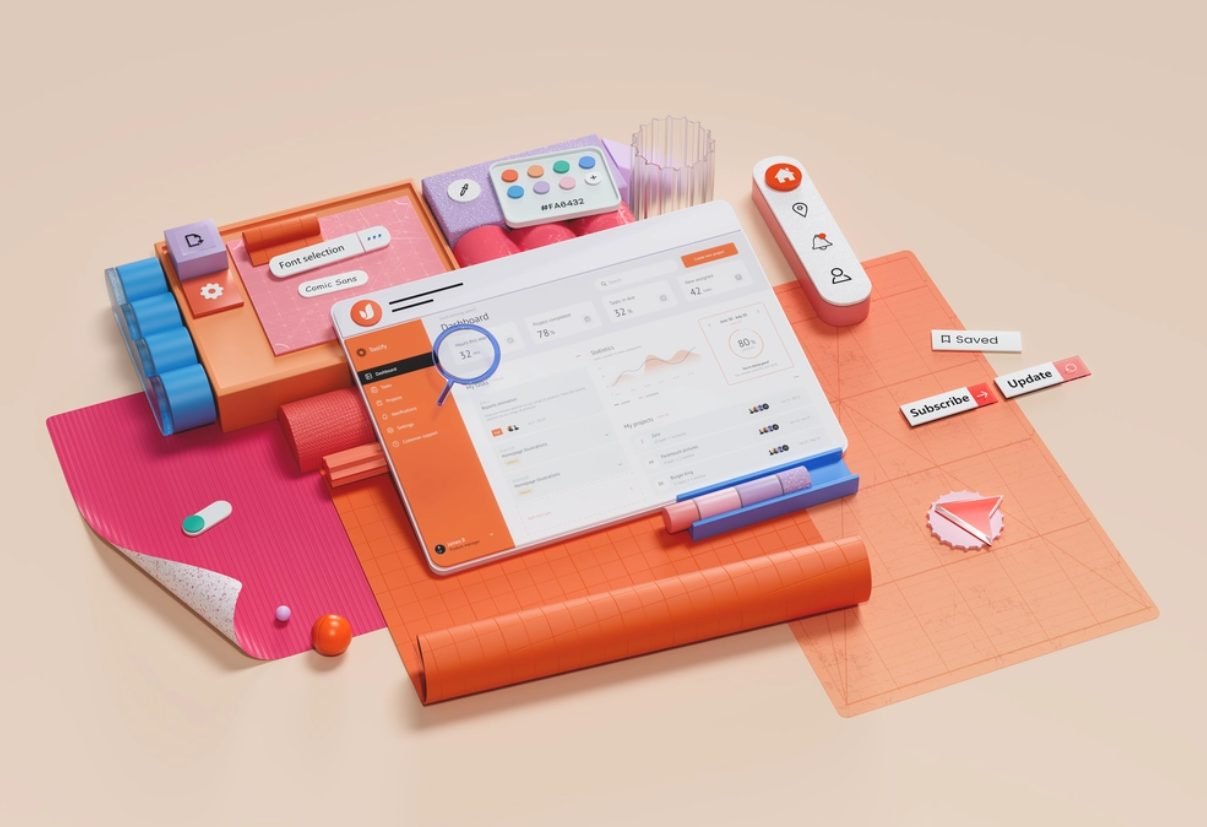Scrum is a technique that helps teams work together.
Just as a sports team prepares for a decisive game, the team of company employees should learn from the experience gained, master the principles of self-organization, work on solving a problem and analyze their successes and failures to constantly improve. (AZN Research)
Scrum contributes to this. It also has scrum artifacts and their commitment to deal with. Let’s revise them.

What Are Scrum Artifacts?
What are scrum artifacts meaning?
Artifacts are the material representation of work or value. There are three artifacts of scrum which are the main artifacts: Product Backlog, Sprint Backlog, and Increment.
Each has its commitment to the overall result.

The Main Artifacts of Agile Scrum
Thus, Product Backlog, Sprint Backlog, and Increment are the minimum required artifacts in a Scrum project. At the same time, these project artifacts are not limited because more events like the Product Vision or Sprint Goal may also be referred to as them. Let’s consider each of them a bit in a detail.
Product Vision
Alongside the 3 scrum artifacts, you may come across the so-called Product Vision.
Product Vision is the starting point for getting started on a project. The mission and vision have global ambitions – they help in developing the right product, close in spirit to the creators.
In a general, Product Vision reflects the internal understanding of the product, its information and purpose by the team and stakeholders, and acts as a guideline for the development of the product.
Product Backlog
A product backlog is a list of all product elements, requirements for them, and any product-related information. The product backlog is formed throughout the project (it can be supplemented, detailed, or reduced, etc). It is good practice to involve the entire Team in correcting the Product Backlog, although it’s the Product Owner who is mainly responsible for maintaining the Product Backlog.
There is a product backlog in almost any Agile project: it is a convenient tool for recording requirements, tasks and product elements. To assess the quality of the Backlog, the DEEP tool is used: a good Backlog should contain detailed, estimated, independent, and prioritized elements.
The highest priority elements should have the maximum granularity. Evaluating the Backlog items helps us plan what we plan for the next sprint and what we won’t be able to do in time. As the product is created, new requirements may be added to the Backlog.
Sprint Backlog
This artifacts scrum aims to determine the amount of work that the Team will take in the next sprint. During Sprint Planning, the Team selects the highest priority elements (product requirements) from the Product Backlog, details them down to the task level, and estimates the effort and interrelationships between tasks.
At this stage, the Product Owners should remember that they can only help the team understand what needs to be done in the sprint but not specify or select the tasks that need to be included in the Sprint Backlog. The team, in turn, takes on the amount of design work that it can actually create only. Also, you need to understand that a team’s decision does not guarantee that all planned development tasks will be completed. Unforeseen difficulties or new external factors may arise, naturally.
Product Increment
The Product Increment is the sum of the Product Backlog Items completed during the sprint and all the tracking increments from the previous sprints. That is, the current state of the product being developed, including the finalization of the last sprint.
Sprint Goal
This is an open meeting to showcase the results of the Agile sprint. The Sprint Goal should provide feedback from users on the reported results. If necessary, you can update the Product Backlog. In a nutshell, sprint goals clarify your purpose during a program increment.
This is more than a multi-stakeholder project status meeting. This meeting provides an opportunity for the team to communicate directly with users and stakeholders, hear their requirements and comments on the work performed. It is worth remembering that the goal of the Sprint Review is not to show the product increment in all its glory but to provide an opportunity for users to analyze the work that has been done and ensure transparency of the project’s progress.
The Burndown Chart
The Burndown Chart visually shows the Team’s progress in Story Points. It is a graphical representation of how much work has already been done and how much remains to be done. As the Sprint days pass and the tasks on the Sprint Board go to Done, the burn-down schedule goes down, showing the Team its progress towards the Sprint Goal.

Artifact Transparency
For safe and practical work, decisions to optimize value and control risks are made based on the perceived state of the agile scrum artifacts. That’s why they are essential to stick to when you produce software with a dedicated agile team.
It’s also vital to the team to preserve this transparency while communicating with the customer. So, the three scrum artifacts primary purpose is to make the work transparent for the Scrum Team, the Owner, and other stakeholders.
Conclusion
Scrum artifacts list, which you may find described in the official guide, contains a minimum set of recommendations for organizing the teamwork, where there are three key roles, Scrum 3 artifacts, and five events.
Applying artifacts associated with scrum in practice and the expertise exchange in the professional community may also lead to the emergence of many extra techniques that may be added to the basics. So, it’s nice to inquiry and revises the Scrum framework artifacts as often as you work at product development using Agile methodologies.
For a comprehensive understanding, reviewing a product requirements document example can provide insights into how Scrum can effectively shape project goals and expectations.
Feel free to ask the professionals for more detailed requirements for roles in Scrum, techniques for assessing the complexity of Backlog elements, and examples of successful Scrum events.




















